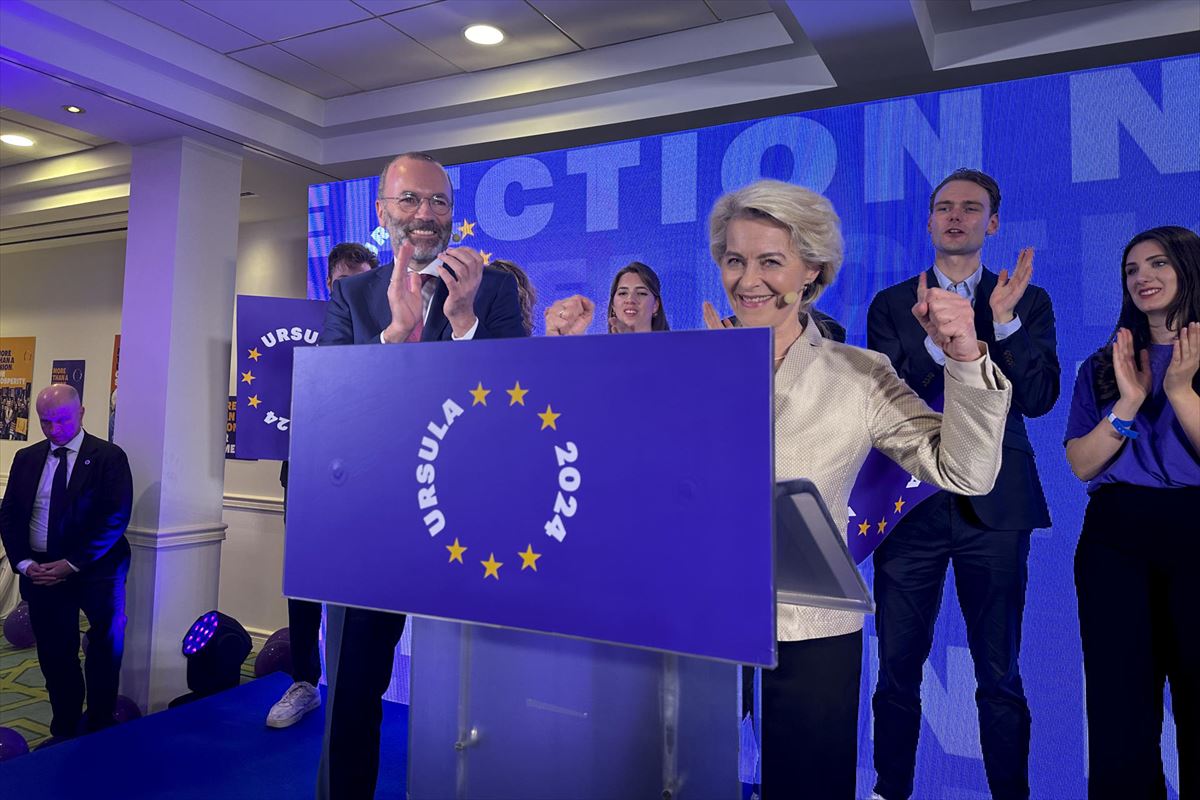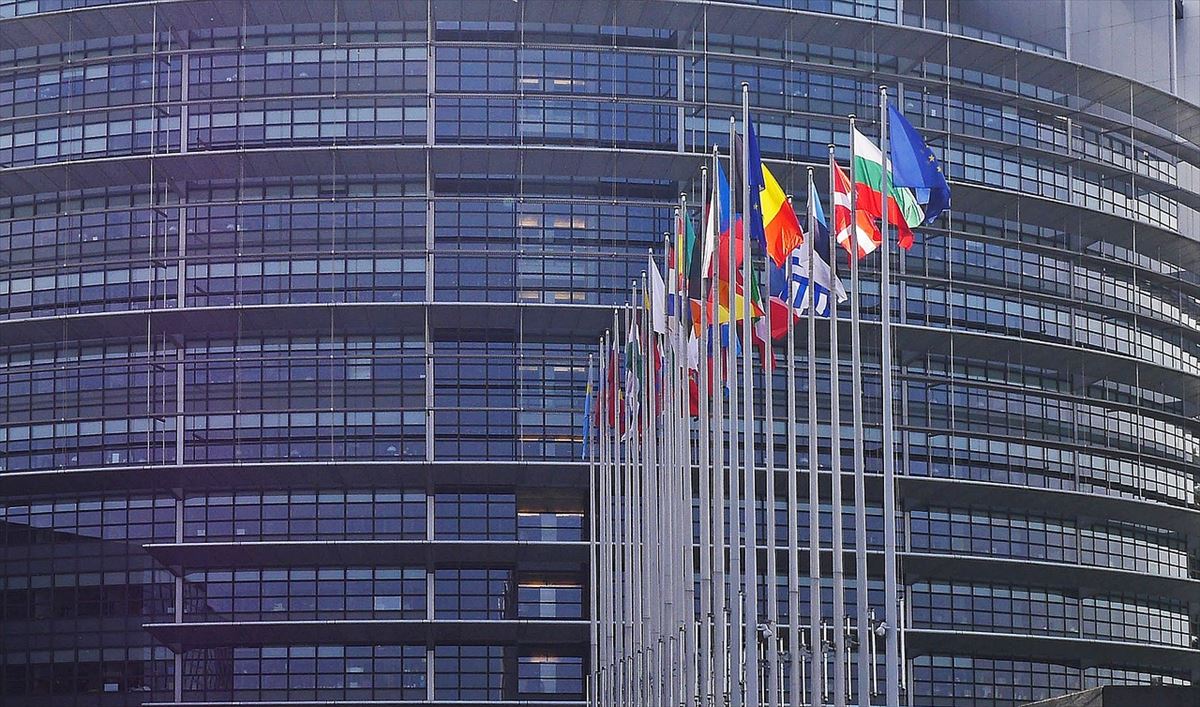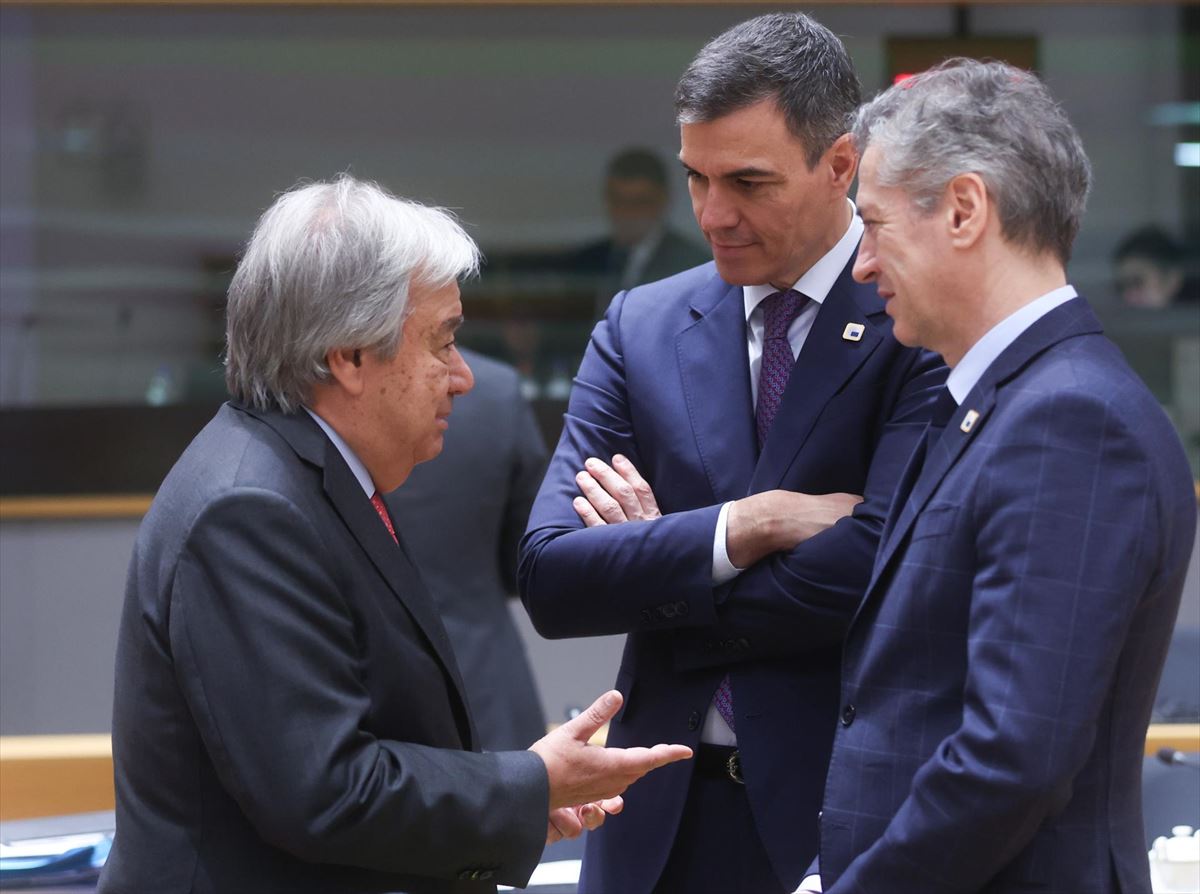From today, negotiations will begin to form political groups, with doubts about what the far-right forces, which have been divided so far, will do.
After millions of citizens from 27 European Union Member States cast their votes, important months begin this Monday to design the community institutions for the next five years.
In the European Parliament, the pro-European middle groups have managed to maintain an arithmetic majority despite the collapse of the Liberals and the Greens, while the ultraconservatives and the far right are gaining more seats, waiting for the groups’ negotiations to confirm their real capabilities. of influence.
From June 10: Negotiations on forming political groups can start this morning. A political group needs a minimum of 23 deputies from at least seven member states, and if they are formed by the time the first plenary session starts in mid-June, they can exert their influence on seats, for example in distributing vice-presidencies.
The seven groups of the European Parliament that end their mandates may lose, gain or even disappear members, and new ones may emerge. While no changes are expected in the major pro-European groups (such as the Popular, Social Democrats, Liberals or Greens), there is an open question about how the ultra-conservatives and far-right will be reconfigured.
June 17: First informal dinner of Heads of State and Government to explain the renewal of the EU’s institutional leadership. It will be the first official contact in search of a shortlist of names that satisfy all leaders and respect a geographical, political and gender balance for the positions of the Presidency of the European Commission, the President of the European Council and the High Representative of the European Union. EU for foreign policy.
Before that occasion in Brussels, some leaders will have already met at the G7 to be held in Italy last week, and at a summit for peace in Ukraine to take place in Switzerland, where no formal negotiations will take place, but there will be important first informal contacts take place to test the mood.

From June 18 to July 3: First group meetings in the European Parliament, in which the new MEPs could choose their group leaders. The first are the European People’s Party (June 18) and the Greens/European Free Alliance (June 19), followed by the Social Democrats and Left (both June 25) and Renew Europe and the Conservatives and Reformists (both June 26). . of June). The last will be the far right of Identity and Democracy, on July 3.
June 27 and 28: Formal summit of heads of state and government in which the distribution of senior positions will be put back on the table, as it is not expected to be resolved at the informal dinner on June 17.
The President of the European Council, Charles Michel, wants this summit to end with an agreement for all the high positions that need to be renewed: the presidency of the European Commission, the head of the European Council and the EU High Representative for Foreign Affairs Affairs. Policy.
Leaders do not have the power to choose the president of the European Parliament, but it is likely that the division will include an agreement on which political grouping will chair the European Parliament during the first and second half of the legislature.
July 16 to 19: The 720 elected deputies will hold their first plenary session in Strasbourg between July 16 and 19, a meeting that will be led by the current president, Malta’s Roberta Metsola, who still does not know whether she will repeat the position.

The first task of the new European Parliament is precisely to elect its president. The five-year term is divided into two two-and-a-half-year presidencies.
On paper, the European Parliament is sovereign in choosing its President, but in practice it will be influenced by the balance struck by the Heads of State or Government of the European Union, in particular as regards the political color of the candidate to to preside over the Eurochamber.
In the same session, the European Parliament could hold the vote to approve the appointment of the President of the European Commission, which the Member States will propose, although it cannot be ruled out that the vote will take place in the second plenary session of the legislature . , already in September.
In the event that Parliament rejects the proposed name, countries will have one month to nominate a second candidate by qualified majority.
Autumn, probably: The date on which the candidate for Commission Presidency is confirmed by Parliament will determine the European Union’s calendar until the end of the year, as Member States send their proposals for Commissioner candidates to the President-elect, one for each country. that they can then go to hearings with the parliamentary committees of their department.
Finally, the entire Commission is subject to a final vote by the European Parliament and official appointment by the countries, which can give the green light by a qualified majority.
The full new European Commission will take up its duties following this latest parliamentary approval, while the new President of the Council will take office on December 1.

Source: EITB
I’m Wayne Wickman, a professional journalist and author for Today Times Live. My specialty is covering global news and current events, offering readers a unique perspective on the world’s most pressing issues. I’m passionate about storytelling and helping people stay informed on the goings-on of our planet.



